While flu is more active in the winterand as Markel points out the 1918 flu died out in a way we would expect now of seasonal fluCOVID-19 was active in the US. A third wave of the pandemic struck in early 1919 but it died away swiftly its force spent.
 Why The Second Wave Of The 1918 Flu Pandemic Was So Deadly History
Why The Second Wave Of The 1918 Flu Pandemic Was So Deadly History
The 1918 pandemic struck in three distinct waves over a 12-month period.
How did the 1918 flu pandemic end. The 1918 flu pandemic virus kills an estimated 195000 Americans during October alone. In fall of 1918 the United States experiences a severe shortages of professional nurses because of the deployment of large numbers of nurses to military camps in the United States and abroad and the failure to use trained African American nurses. An influenza virus called influenza type A subtype H1N1.
Few noticed the epidemic in the midst of the war. How it ended is surprisingly quite a mystery. WebMD Chief Medical Officer John Whyte talks with Dr Howard Markel about how the 1918 Spanish Flu pandemic compares to the COVID-19 pandemic and what lessons we can learn from history.
It took two years to curb the illness and in 1920 the recovery began. It was caused by an H1N1 virus with genes of avian origin. It is benign compared to its deadly 1918 form.
Although it remains uncertain where the virus first emerged the. The influenza pandemic of 191819 also called the Spanish flu lasted between one and two years. The end of a pandemic is hard to pinpoint but we can safely say that things started going back to normal by late 1918.
In the last 10 years the annual death rate from flu has ranged from 12000 to 61000. The name of Spanish Flu came from the early affliction and large mortalities in Spain BMJ10191918 where it allegedly killed 8 million in May BMJ 7131918. We are of course still susceptible to flu viruses.
The initial occurrences in the Spring of 1918 carried with it relatively mild symptoms with chills fever and fatigue. During the three waves of the Spanish Influenza pandemic between spring 1918 and spring 1919 about 200 of every 1000 people contracted influenza about 206 million. However a first wave of influenza appeared early in the spring of 1918 in Kansas and in military camps throughout the US.
During the flu pandemic of 1918 the New York City health commissioner tried to slow the transmission of the flu by ordering businesses to open and close on staggered shifts to avoid overcrowding. The coming decade brought modernity with. In 1918 the US population was 1032 million.
Influenza is caused by a virus that is transmitted from person to person through airborne respiratory secretions. The influenza pandemic of 191819 resulted from such an occurrence and affected populations throughout the world. Occasionally the flu virus combines genetic material with a swine flu or bird flu to create a deadly new form this is the more abrupt antigenic shift.
The number of cases. The disease that had wreaked such havoc disappeared almost as quickly as it had come. _____ First the numbers.
In 1918 a novel strand of influenza killed more people than the 14th centurys Black Plague. Far more than the deaths from combat casualties in. Doctors expect the COVID-19 pandemic wont really end until theres both a vaccine and a certain level of exposure in the global population.
In the Northern Hemisphere the first wave originated in the spring of 1918 during World War I. Although there is not universal consensus regarding where the virus originated it spread worldwide during 1918-1919. The 1918 influenza pandemic was the most severe pandemic in recent history.
The Spanish Flu -- something that started as just regular flu in the US -- spread to the whole of Europe and eventually the world causing catastrophic damage to the lives of millions from 1918 to 1920 The Spanish flu also started as a minor cold but in no time it completely took over and put immense loads on the medical systems in nations In Spain the pandemic came right at the time of harvests and celebrations in the month of September. Heres a little history lesson for you all. The great influenza pandemic of 1918-19 often called the Spanish flu caused about 50 million deaths worldwide.
In 1918 right after WWI the Spanish Flu swept through the world causing devastation and taking countless lives. An outbreak can occur if a new strain of influenza virus emerges against which the population has no immunity. Did they do anything to protect the immunized and halt the spread of the disease.
The pandemic occurred in three waves though not simultaneously around the globe. The pandemic flu of 1918 however was not confined to one discrete episode. In the United States it was first identified in military personnel in spring 1918.
It first appeared in the spring of 1918 in North America and Europe largely in the trenches of World War I. At least 50 million people died worldwide because of that.
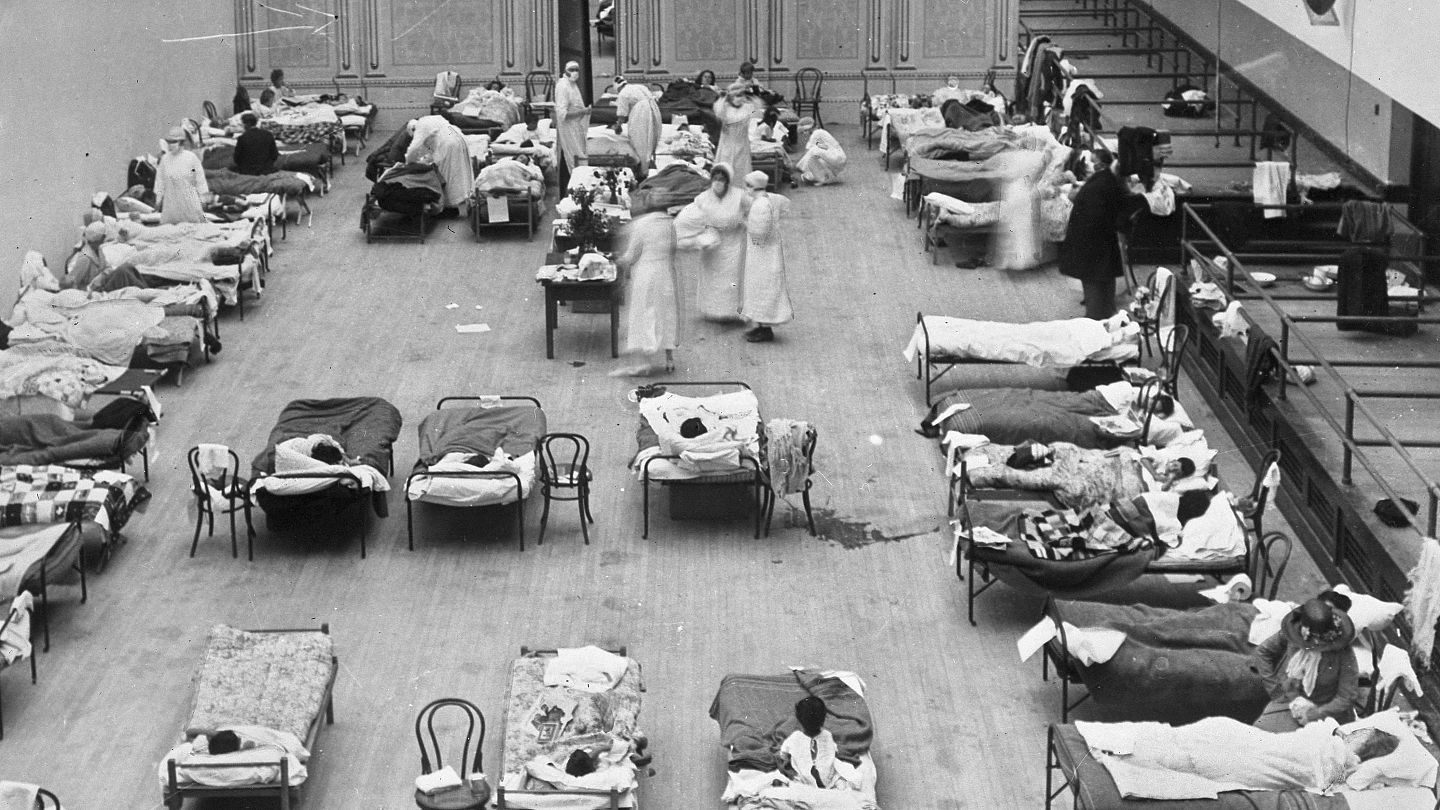 How Did The Spanish Flu Pandemic End And What Lessons Can We Learn From A Century Ago Euronews
How Did The Spanish Flu Pandemic End And What Lessons Can We Learn From A Century Ago Euronews
 A Breaking Point Anti Lockdown Efforts During Spanish Flu Offer A Cautionary Tale For Coronavirus
A Breaking Point Anti Lockdown Efforts During Spanish Flu Offer A Cautionary Tale For Coronavirus
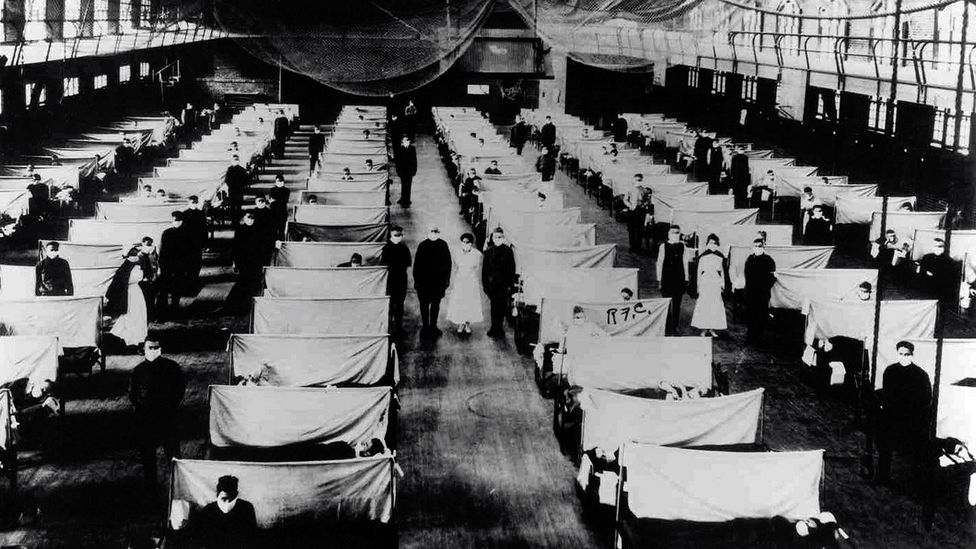 Coronavirus What Can We Learn From The Spanish Flu Bbc Future
Coronavirus What Can We Learn From The Spanish Flu Bbc Future
 The 1918 Flu Pandemic Why It Matters 100 Years Later Blogs Cdc
The 1918 Flu Pandemic Why It Matters 100 Years Later Blogs Cdc
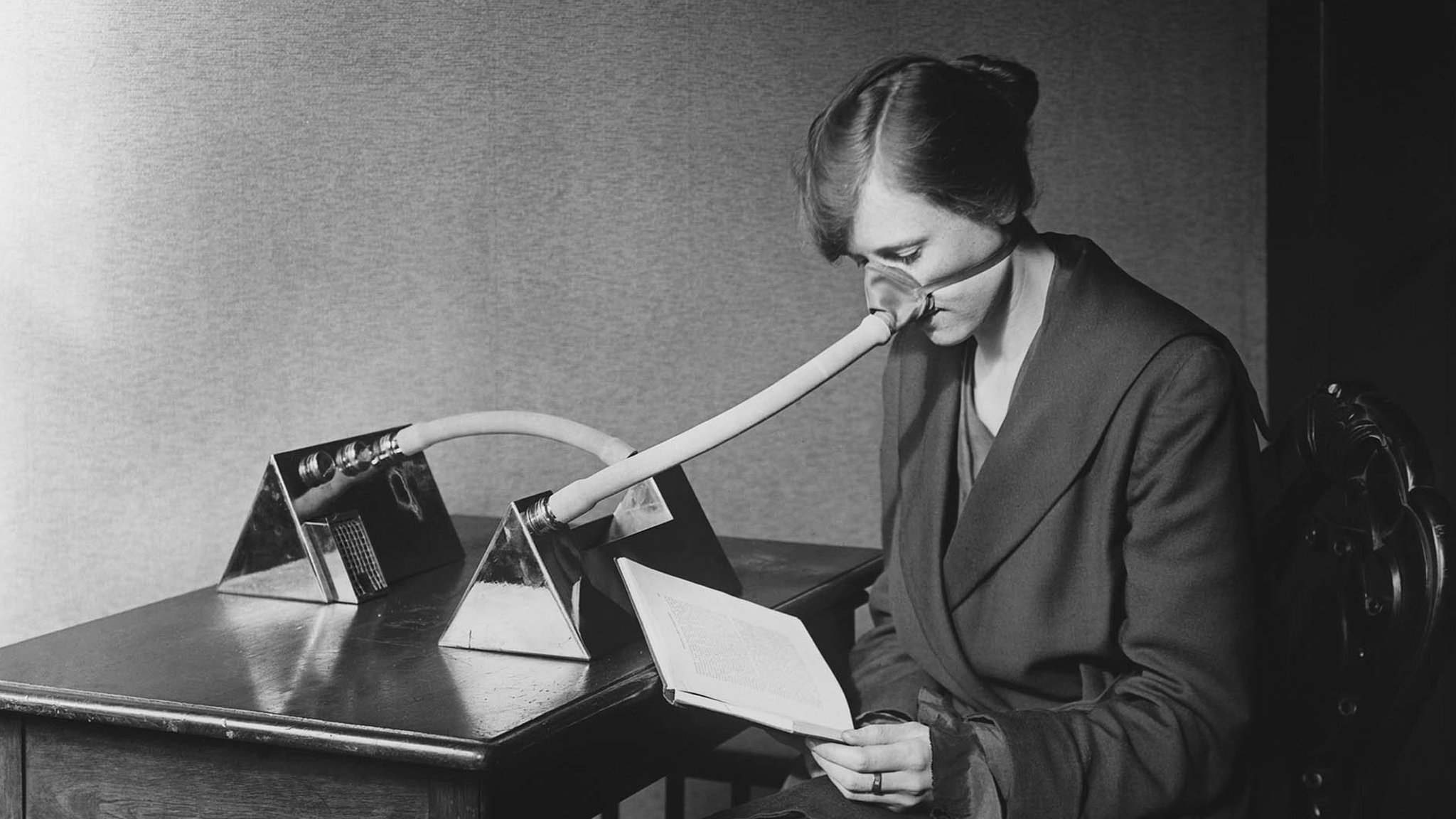 Coronavirus How They Tried To Curb Spanish Flu Pandemic In 1918 Bbc News
Coronavirus How They Tried To Curb Spanish Flu Pandemic In 1918 Bbc News
 The 1918 Influenza Pandemic One Hundred Years Of Progress But Where Now The Lancet Respiratory Medicine
The 1918 Influenza Pandemic One Hundred Years Of Progress But Where Now The Lancet Respiratory Medicine
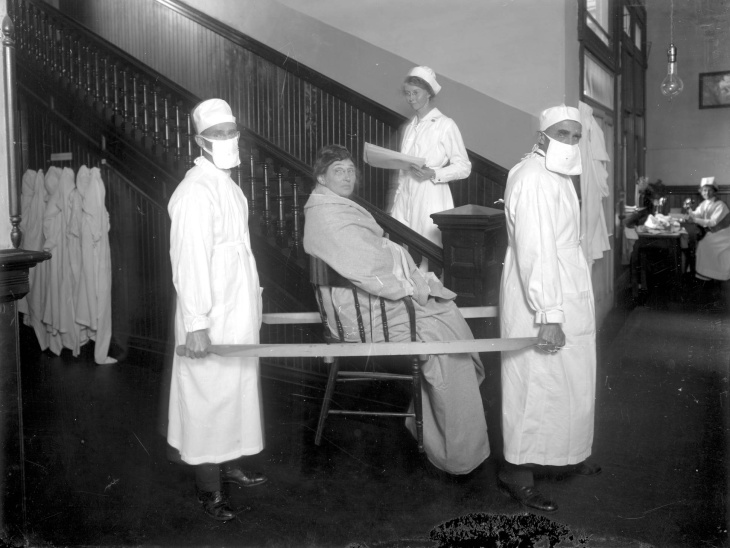 How Did La Cope With The Influenza Pandemic Of 1918 Laist
How Did La Cope With The Influenza Pandemic Of 1918 Laist
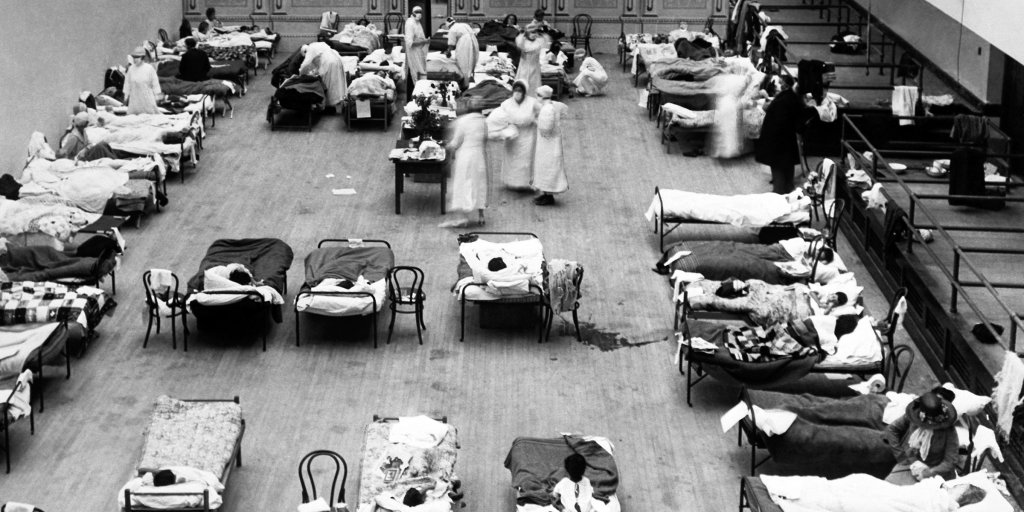 The World Changed Its Approach To Health After The 1918 Flu Time
The World Changed Its Approach To Health After The 1918 Flu Time
 How Did The 1918 Flu Pandemic End Lessons For Covid 19 Time
How Did The 1918 Flu Pandemic End Lessons For Covid 19 Time
 Spanish Influenza Pandemic And Vaccines History Of Vaccines
Spanish Influenza Pandemic And Vaccines History Of Vaccines
/cdn.vox-cdn.com/uploads/chorus_asset/file/19779395/GettyImages_1174299512.jpg) Spanish Flu How It Compares To Covid 19 Coronavirus In Death Rate And Other Factors Vox
Spanish Flu How It Compares To Covid 19 Coronavirus In Death Rate And Other Factors Vox
 Opinion These Lessons From The 1918 Flu Can Help Us Cope With Today S Coronavirus Pandemic Marketwatch
Opinion These Lessons From The 1918 Flu Can Help Us Cope With Today S Coronavirus Pandemic Marketwatch
How Do Pandemics Usually End And How Will This One Finish Abc News
 Why The Second Wave Of The 1918 Flu Pandemic Was So Deadly History
Why The Second Wave Of The 1918 Flu Pandemic Was So Deadly History
No comments:
Post a Comment
Note: Only a member of this blog may post a comment.